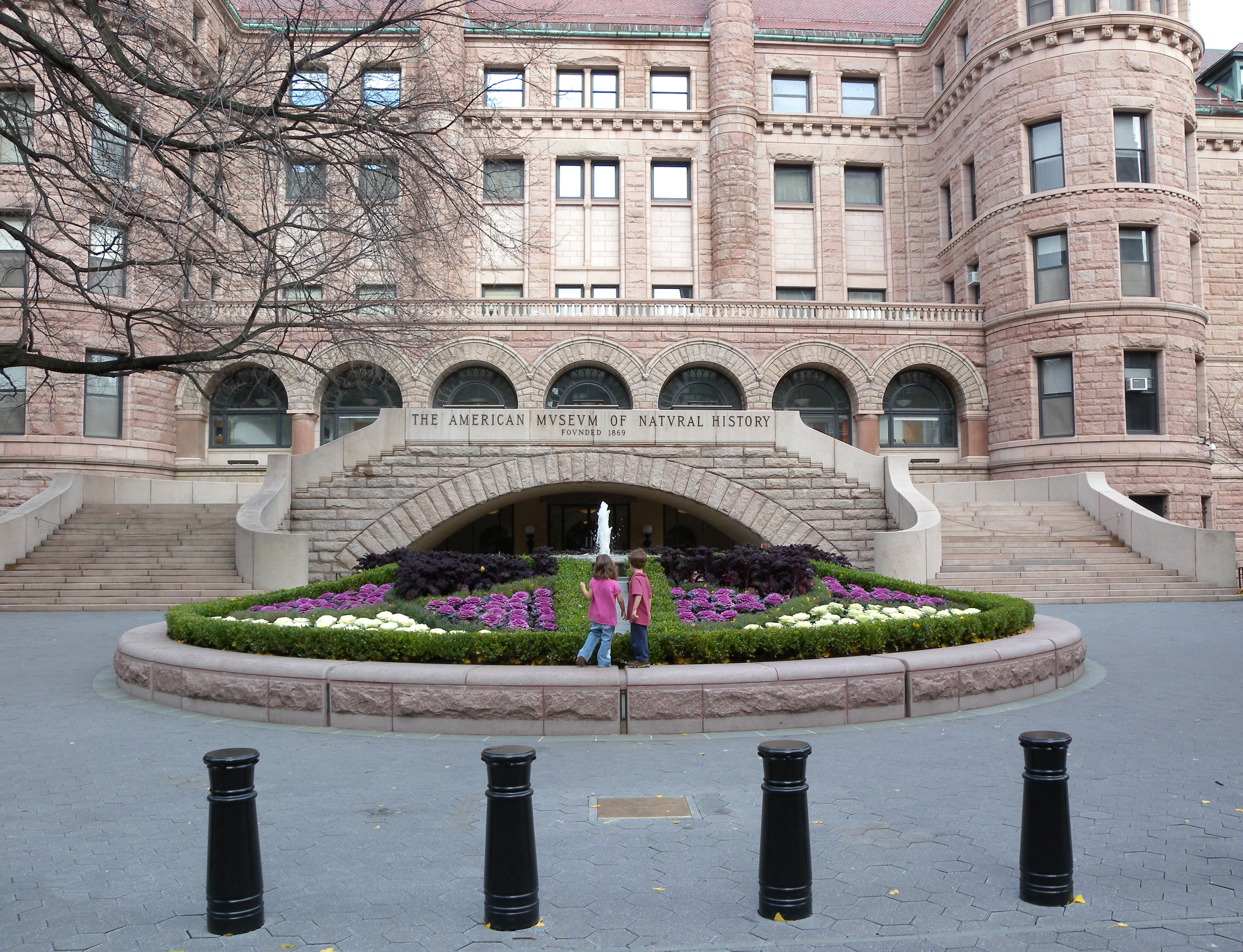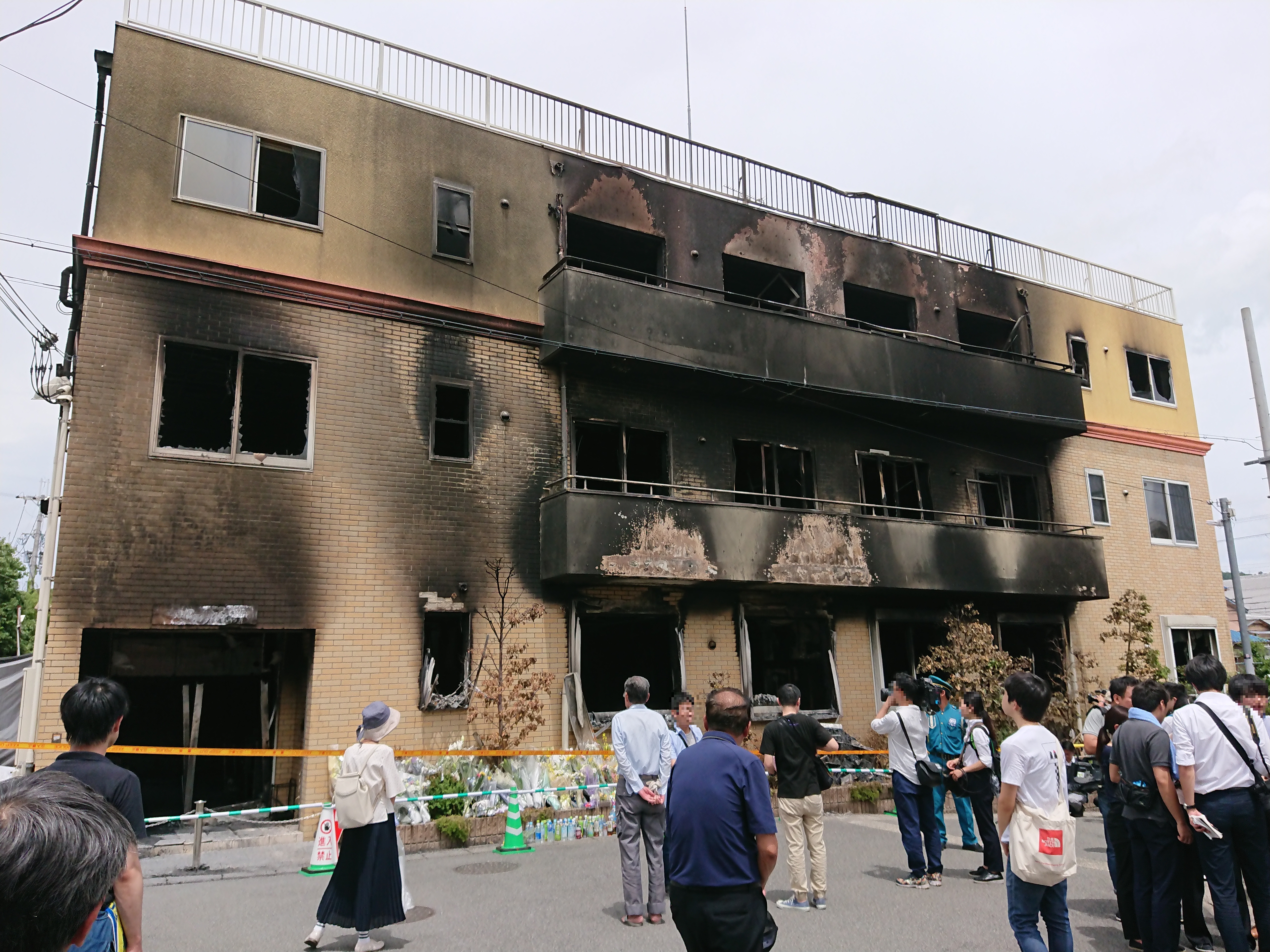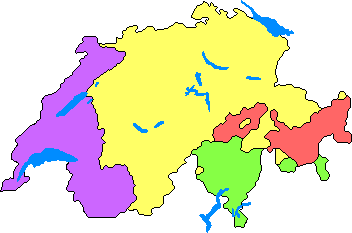|
Ardetosaurus
''Ardetosaurus'' is an extinct genus of diplodocid sauropod dinosaurs from the Late Jurassic (Kimmeridgian) Morrison Formation of northern Wyoming, United States. The genus contains a Monotypic taxon, single species, ''Ardetosaurus viator''. It was first described in 2024 on the basis of a partial articulated skeleton, including vertebrae from the neck, back, and tail, hip bones, and part of the left hindlimb. The genus is a member of the Diplodocinae, a subfamily of large long-necked dinosaurs with whiplike tails. ''Ardetosaurus'' represents one of many distinct sauropod taxa that coexisted in this formation. The ''Ardetosaurus'' holotype was collected in 1993 before being shipped to Switzerland, from which it was later sent to Germany, where it was damaged by a museum fire, and later the Netherlands, where it is now housed. It can be distinguished from other diplodocines based on a unique arrangement of Glossary_of_dinosaur_anatomy#laminae, laminae on its vertebrae. Discover ... [...More Info...] [...Related Items...] OR: [Wikipedia] [Google] [Baidu] |
Diplodocinae
Diplodocinae is an extinct subfamily of diplodocid sauropods that existed from the Late Jurassic to Early Cretaceous of North America, Europe, Africa and South America, about 161.2 to 136.4 million years ago. Genera within the subfamily include ''Tornieria'', ''Supersaurus'', '' Leinkupal'', '' Galeamopus'', ''Diplodocus'', ''Barosaurus'', and ''Ardetosaurus''. Cladogram A cladogram (from Greek language, Greek ''clados'' "branch" and ''gramma'' "character") is a diagram used in cladistics to show relations among organisms. A cladogram is not, however, an Phylogenetic tree, evolutionary tree because it does not s ... of the Diplodocidae after Tschopp, Mateus, and Benson (2015). References Diplodocidae Dinosaur subfamilies {{sauropodomorph-stub ... [...More Info...] [...Related Items...] OR: [Wikipedia] [Google] [Baidu] |
2024 In Archosaur Paleontology
This article records new taxa of every kind of fossil archosaur that are scheduled to be Species description, described during 2024, as well as other significant discoveries and events related to the paleontology of archosaurs published in 2024. Pseudosuchians New pseudosuchian taxa General pseudosuchian research * Evidence of the impact of function on the evolution of the lower jaw morphology in crocodile-line archosaurs is presented by Rawson ''et al.'' (2024). * A review of studies on the thermometabolism of crocodile-line archosaurs from the preceding 20 years is published by Faure-Brac (2024). * Sennikov (2024) interprets Ornithosuchidae, ornithosuchids as macrophagous predators with specialized jaw apparatus, and notes analogs between them and saber-toothed therapsids (including mammals). * A study on the locomotion of ''Riojasuchus, Riojasuchus tenuisceps'' is published by von Baczko ''et al.'' (2024), who reconstruct ''R. tenuisceps'' as having an erect posture ... [...More Info...] [...Related Items...] OR: [Wikipedia] [Google] [Baidu] |
Late Jurassic
The Late Jurassic is the third Epoch (geology), epoch of the Jurassic Period, and it spans the geologic time scale, geologic time from 161.5 ± 1.0 to 143.1 ± 0.8 million years ago (Ma), which is preserved in Upper Jurassic stratum, strata.Owen 1987. In European lithostratigraphy, the name "Malm" indicates rocks of Late Jurassic age. In the past, ''Malm'' was also used to indicate the unit of geological time, but this usage is now discouraged to make a clear distinction between lithostratigraphic and geochronologic/chronostratigraphic units. Subdivisions The Late Jurassic is divided into three ages, which correspond with the three (faunal) stages of Upper Jurassic rock: Paleogeography During the Late Jurassic Epoch, Pangaea broke up into two supercontinents, Laurasia to the north, and Gondwana to the south. The result of this break-up was the emergence of the Atlantic Ocean, which initially was relatively narrow. Life forms This epoch is well known for many famous types of d ... [...More Info...] [...Related Items...] OR: [Wikipedia] [Google] [Baidu] |
American Museum Of Natural History
The American Museum of Natural History (AMNH) is a natural history museum on the Upper West Side of Manhattan in New York City. Located in Theodore Roosevelt Park, across the street from Central Park, the museum complex comprises 21 interconnected buildings housing 45 permanent exhibition halls, in addition to a planetarium and a library. The museum collections contain about 32 million specimens of plants, animals, fungi, fossils, minerals, rocks, meteorites, human remains, and human cultural artifacts, as well as specialized collections for frozen tissue and genomic and astrophysical data, of which only a small fraction can be displayed at any given time. The museum occupies more than . AMNH has a full-time scientific staff of 225, sponsors over 120 special field expeditions each year, and averages about five million visits annually. The AMNH is a private 501(c)(3) organization. The naturalist Albert S. Bickmore devised the idea for the American Museum of Natural History in 1 ... [...More Info...] [...Related Items...] OR: [Wikipedia] [Google] [Baidu] |
Boxtel
Boxtel () is a Municipalities of the Netherlands, municipality and a town in the southern Netherlands. The name derives from Buchestelle and is presumably a combination of 'stelle' (Dutch for stable, safe place) and (deer) deer, buck.2019. Etymologiebank.Nl. Accessed April 27 2019 This is the origin of the Van Boxtel family, which has numerous descendants in North Brabant. The town was the site of the Battle of Boxtel fought in September 1794 during the Low Countries theatre of the War of the First Coalition, Flanders campaign. It is often principally remembered as the first battle of the future Duke of Wellington, Duke of Wellington Arthur Wellesley. Population centres *Boxtel *Esch, Netherlands, Esch *Lennisheuvel *Liempde Topography ''Dutch topographic map of the municipality of Boxtel, 2021'' Notable residents * José van Dijck (born 1960) a new media author and academic * Teun Voeten (born 1961) a Dutch photojournalist and cultural anthropologist * Marcel Wanders (bo ... [...More Info...] [...Related Items...] OR: [Wikipedia] [Google] [Baidu] |
Arson
Arson is the act of willfully and deliberately setting fire to or charring property. Although the act of arson typically involves buildings, the term can also refer to the intentional burning of other things, such as motor vehicles, watercraft, or forests. The crime is typically classified as a felony, with instances involving risk to human life or property carrying a stricter penalty. Arson that results in death can be further prosecuted as manslaughter or murder. A common motive for arson is to commit insurance fraud. In such cases, a person destroys their own property by burning it and then lies about the cause in order to collect against their insurance policy. Arson is also often committed to conceal another crime, such as murder or burglary. A person who commits arson is referred to as an arsonist, or a serial arsonist if the person has committed arson several times. Arsonists normally use an accelerant (such as gasoline or kerosene) to ignite, propel, and direct fir ... [...More Info...] [...Related Items...] OR: [Wikipedia] [Google] [Baidu] |
Fossil Preparation
Fossil preparation is a complex of tasks that can include excavating, revealing, conserving, and replicating the ancient remains and traces of organisms. It is an integral part of the science of paleontology, of museum exhibition, and the preservation of fossils held in the public trust. It involves a wide variety of techniques, from the mechanical to the chemical, depending upon the qualities of the specimen being prepared and the goals of the effort. Fossil preparation may be executed by scientists, students or collections personnel, but is often undertaken by professional fossil preparators. Techniques Acid maceration Acid maceration is a technique to extract organic matter, organic microfossils from a surrounding matrix (geology), rock matrix using acid. Hydrochloric acid or acetic acid may be used to extract phosphatic fossils, such as the small shelly fossils, from a carbonate matrix. Hydrofluoric acid is also used in acid macerations to extract organic fossils from silicat ... [...More Info...] [...Related Items...] OR: [Wikipedia] [Google] [Baidu] |
Palaeontologia Electronica
''Palaeontologia Electronica'' is a triannual peer-reviewed open-access scientific journal published by Coquina Press covering paleontology. It was established in 1998 and is the oldest fully open-access electronic journal of paleontology. The journal is sponsored by the Society of Vertebrate Paleontology, the Paleontological Society, the Palaeontological Association, and thWestern Interior Paleontological Society The editors-in-chief are Julien Louys (Griffith University) and Andrew Bush (University of Connecticut). In 2000, the first taxonomic names published electronically under new rules in the International Code of Zoological Nomenclature were published in the journal by Scott et al. for three new species of fossil foraminifera: '' Eggerella matsunoi'', '' Haplophragmoides hatai'', and '' Haplophragmoides nishikizawensis''. Abstracting and indexing The journal is abstracted and indexed in: *Biological Abstracts *BIOSIS Previews *Current Contents/Physical, Chemical & Earth Scie ... [...More Info...] [...Related Items...] OR: [Wikipedia] [Google] [Baidu] |
Swiss German
Swiss German (Standard German: , ,Because of the many different dialects, and because there is no #Conventions, defined orthography for any of them, many different spellings can be found. and others; ) is any of the Alemannic German, Alemannic dialects spoken in the German-speaking Switzerland, German-speaking part of Switzerland, and in some Alps, Alpine communities in Northern Italy bordering Switzerland. Occasionally, the Alemannic dialects spoken in other countries are grouped together with Swiss German as well, especially the dialects of Liechtenstein and Austrian Vorarlberg, which are closely associated to Switzerland's. Linguistically, Alemannic is divided into Low Alemannic German, Low, High Alemannic German, High and Highest Alemannic German, Highest Alemannic, varieties all of which are spoken both inside and outside Switzerland. The only exception within German-speaking Switzerland is the municipality of Samnaun, where a Bavarian language, Bavarian dialect is spoken. ... [...More Info...] [...Related Items...] OR: [Wikipedia] [Google] [Baidu] |




